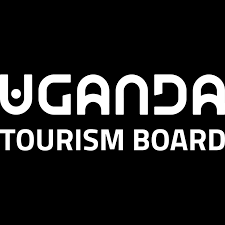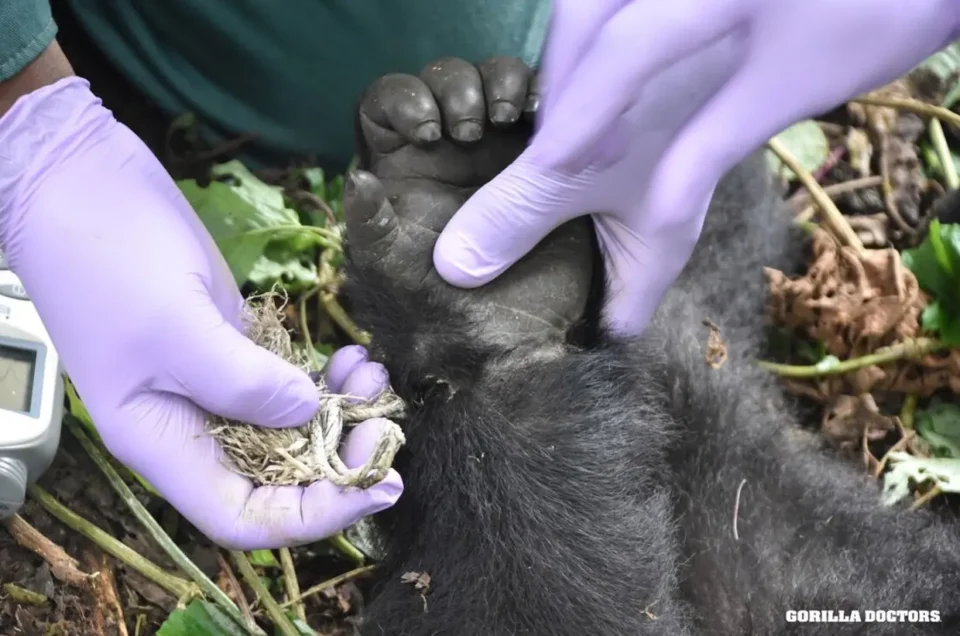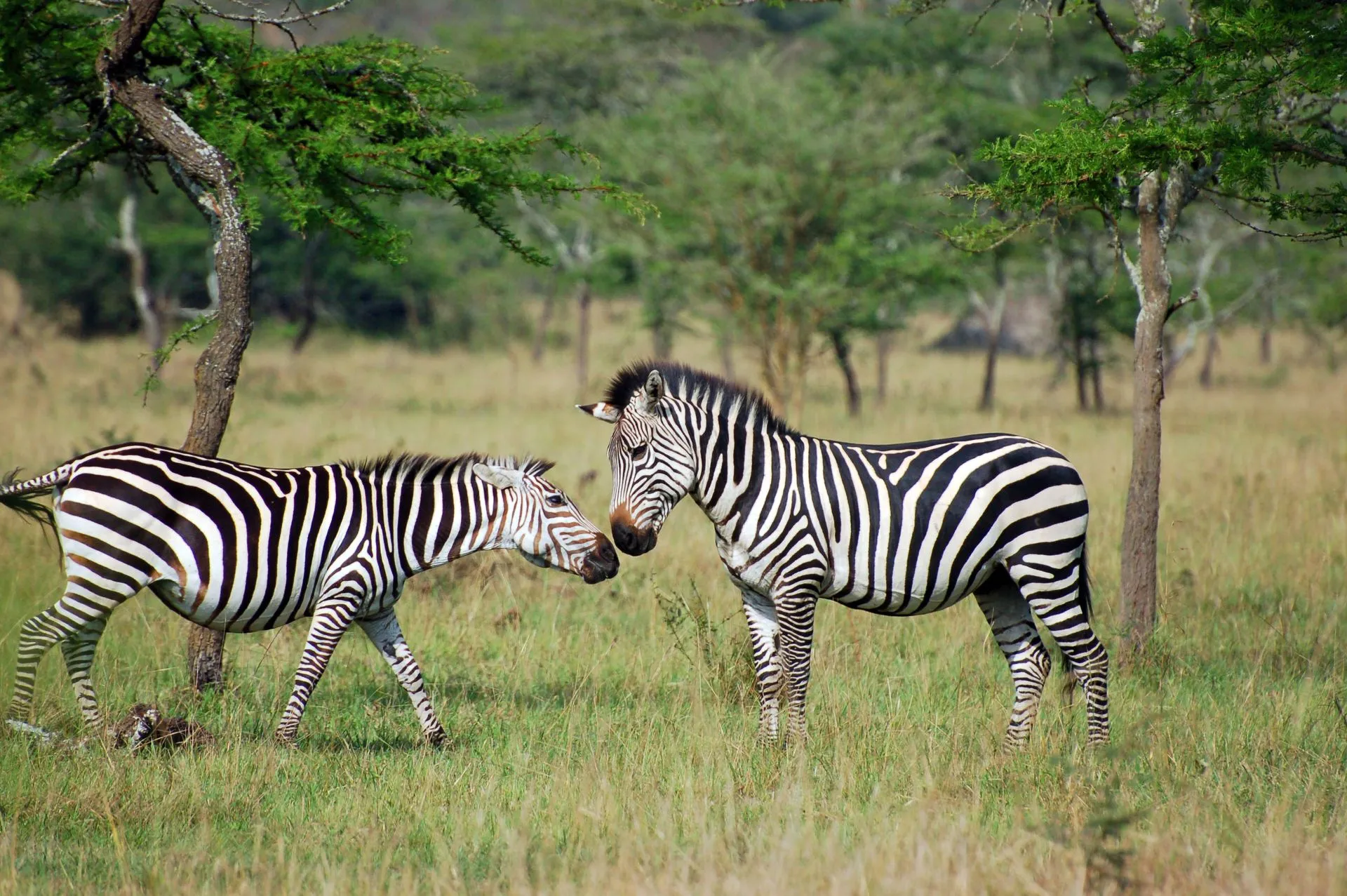Uganda Gorilla Permtis
Uganda Gorilla trekking Permits
Are you dreaming of an unforgettable adventure in the wild? A gorilla trekking experience in Uganda might be exactly what you’re looking for. Uganda is home to nearly half of the world’s mountain gorillas, one of the most endangered primates on the planet. These incredible creatures share around 98% of our DNA and are known for their gentle nature.
To visit them, you’ll need to buy a gorilla trekking permit, which also supports vital conservation efforts to protect these majestic animals.
In this guide, we’ll tell you everything you need to know about the Uganda gorilla trekking permit cost and booking information for 2026, so you can prepare for this once-in-a-lifetime adventure.
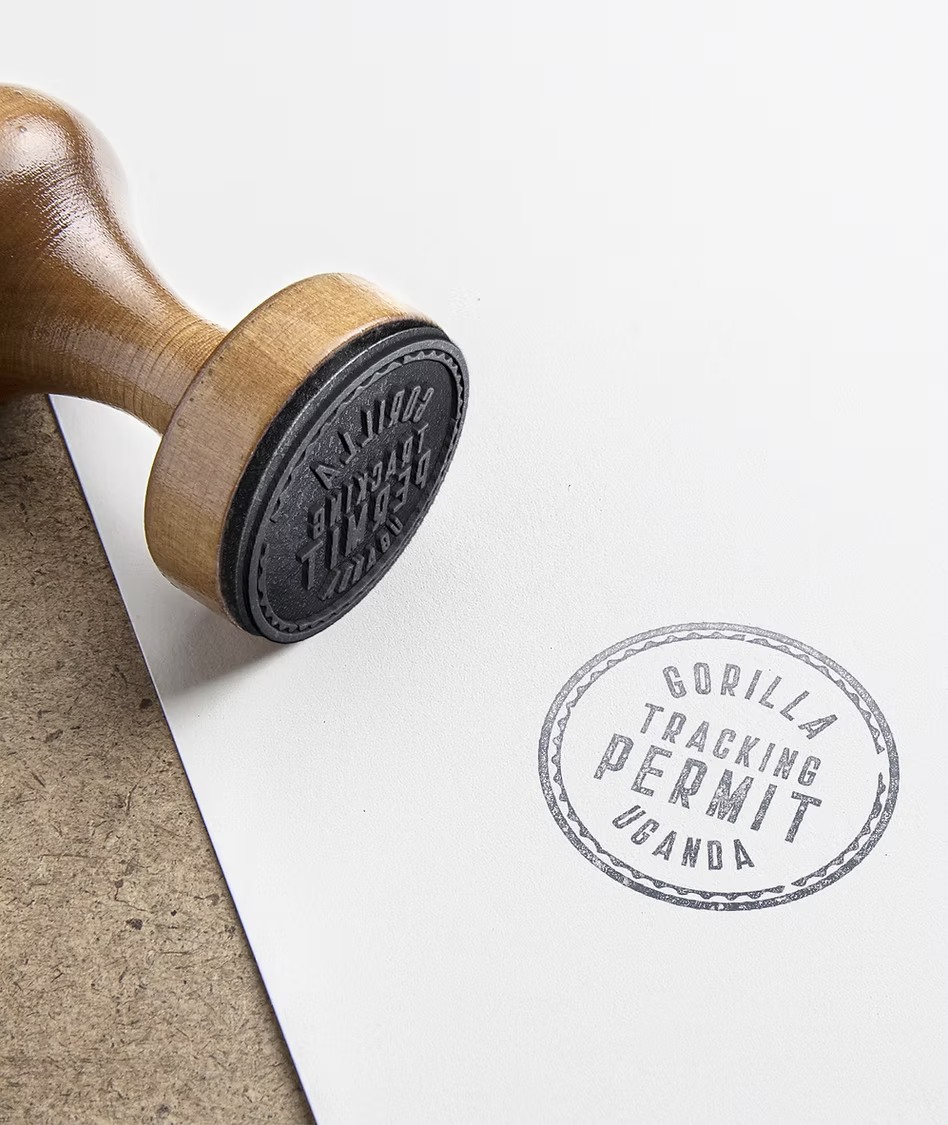
What Is a Gorilla Trekking Permit?
A gorilla trekking permit is a pass that grants you permission to trek through Uganda’s lush national parks to observe mountain gorillas in their natural habitat. These permits help limit the number of visitors each day, ensuring minimal disturbance to the gorillas and their environment. With each permit, you’re granted one hour of awe-inspiring, face-to-face time with the gorillas—though the trek itself may take several hours, depending on where the gorillas are located.

Where Can You Trek Gorillas in Uganda?
In Uganda, gorilla trekking permits are available for two key national parks including Bwindi Impenetrable Forest National Park (home to over 25 habituated gorilla families) and Mgahinga Gorilla National Park (which has one habituated gorilla family). Understanding the cost of gorilla trekking permits in Uganda for these parks is essential when planning your safari trip.
How Much Does the Uganda Gorilla Trekking Permit Cost?
A Uganda gorilla trekking permit cost $800 for foreign Non-residents, $80 for East African Citizens, $500 for other African Passport Holders and $700 for Foreign Residents. Compared to neighboring countries, Uganda offers one of the most affordable options for gorilla trekking.
For instance, in Rwanda, a similar permit costs $1,500, while in the Democratic Republic of Congo (DRC), it’s just $400 (Congo currently has security issue). Uganda’s prices make it a great option for anyone looking to experience this once-in-a-lifetime adventure without breaking the bank.
What Is a Habituation Permit & How Much Does It Cost?
For those who want a more immersive experience, consider the gorilla habituation permit. This special permit allows you to spend up to four hours with the gorillas, compared to the usual one hour. It’s priced at $1,500, which is more expensive than the regular permit, but it provides a rare opportunity to participate in the habituation process—helping to acclimate wild gorillas to human presence.
How to get your Gorilla Permit?
Booking your Uganda gorilla trekking permit is easy. You can either book directly through the Uganda Wildlife Authority (UWA) or, for a more seamless experience, go through a tour operator.
Many tour companies include the cost of the permit in their overall safari packages, making the process smoother for you. If you’re traveling during peak seasons (June to August or December to February), it’s wise to book your permit at least 6 months in advance to guarantee availability. During quieter months, permits may be available last minute, but don’t risk it—book early to avoid disappointment.
How Many Gorilla Permits Are Available in Uganda?
Each habituated gorilla group allows just 8 trekkers per day, so availability is limited. Bwindi Impenetrable National Park offers over 200 permits each day, while Mgahinga Gorilla National Park has only 8 permits daily. This means if you’re visiting during peak season, securing your permit early is crucial.
What Does the Uganda Gorilla Trekking Permit Cover?
A Uganda gorilla trekking permit covers park entry fees, a guided trek with an experienced ranger, and one unforgettable hour spent in the presence of the mountain gorillas. However, it does not include additional expenses such as accommodation, transportation, meals, or tips for your guide. Be sure to factor in these extra costs when planning your trip to ensure a smooth and well-prepared adventure.
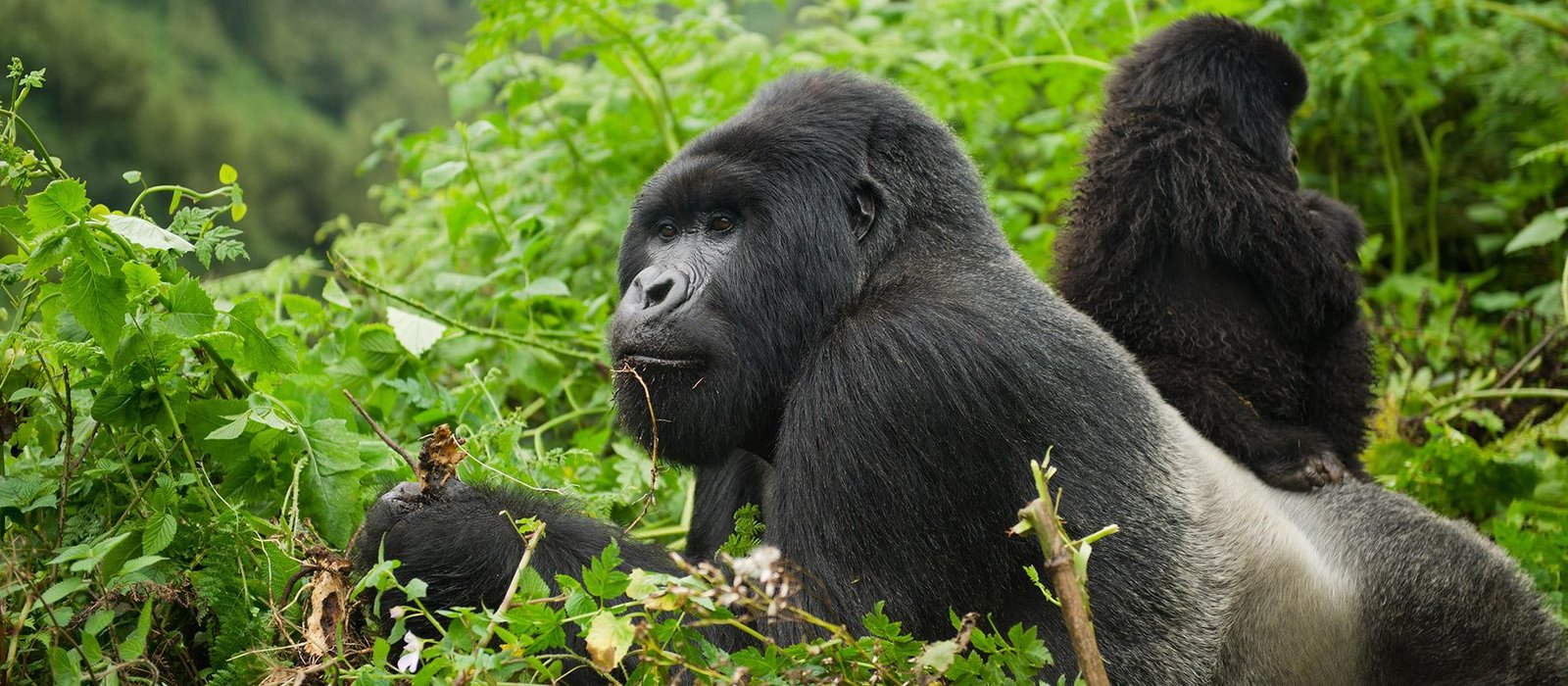
Can You Cancel a Uganda Gorilla Trekking Permit?
Plans can change, and if you need to cancel your Uganda gorilla trekking permit, the refund policy is based on how far in advance you cancel: you’ll receive a 75% refund if canceled 91 or more days before the trek, 50% if canceled 46–90 days prior, and 25% if canceled 9–45 days before.
Unfortunately, no refund is provided for cancellations made within 0–8 days of the trek. However, in cases of illness confirmed on-site, you may be eligible for a 50% refund, a policy designed to encourage transparency and help protect the gorillas from potential diseases.
Is There an Age Limit for Gorilla Trekking Permits?
Yes, there is an age limit for gorilla trekking in Uganda. The minimum age is 15, as the trek can be physically challenging and requires a certain level of stamina.
While there’s no official maximum age, the activity involves hiking through steep and uneven terrain, so older visitors—especially those over 65—should consult a doctor before trekking. Some tour operators may have their own guidelines, so it’s wise to check in advance.
For families traveling with children or elderly members who can’t join the trek, there are alternative activities nearby like cultural tours and scenic nature walks.
Best Time to Visit Uganda for Gorilla Trekking
The best time for gorilla trekking in Uganda largely depends on the season and your travel preferences. The peak seasons—June to August and December to February—offer dry weather and excellent trekking conditions, though they come with higher demand and require early booking.
In contrast, the low seasons—March to May and September to November—see fewer tourists and lower prices, providing a more intimate experience, but the increased rainfall can make trails muddier and more challenging. Each season has its own unique appeal, so choose the one that best fits your schedule and comfort level. Read more about the best time to visit Uganda.

Ready to Go Gorilla Trekking in Uganda
With all the details about the Uganda gorilla permit cost and planning tips, you’re now ready to book your unforgettable adventure. Whether you’re trekking in Bwindi or Mgahinga, you’re in for an experience like no other. Don’t forget to check out our tailored tours or contact us to start planning your dream gorilla trekking trip today!
Related Blogs
Our Trusted Partners
